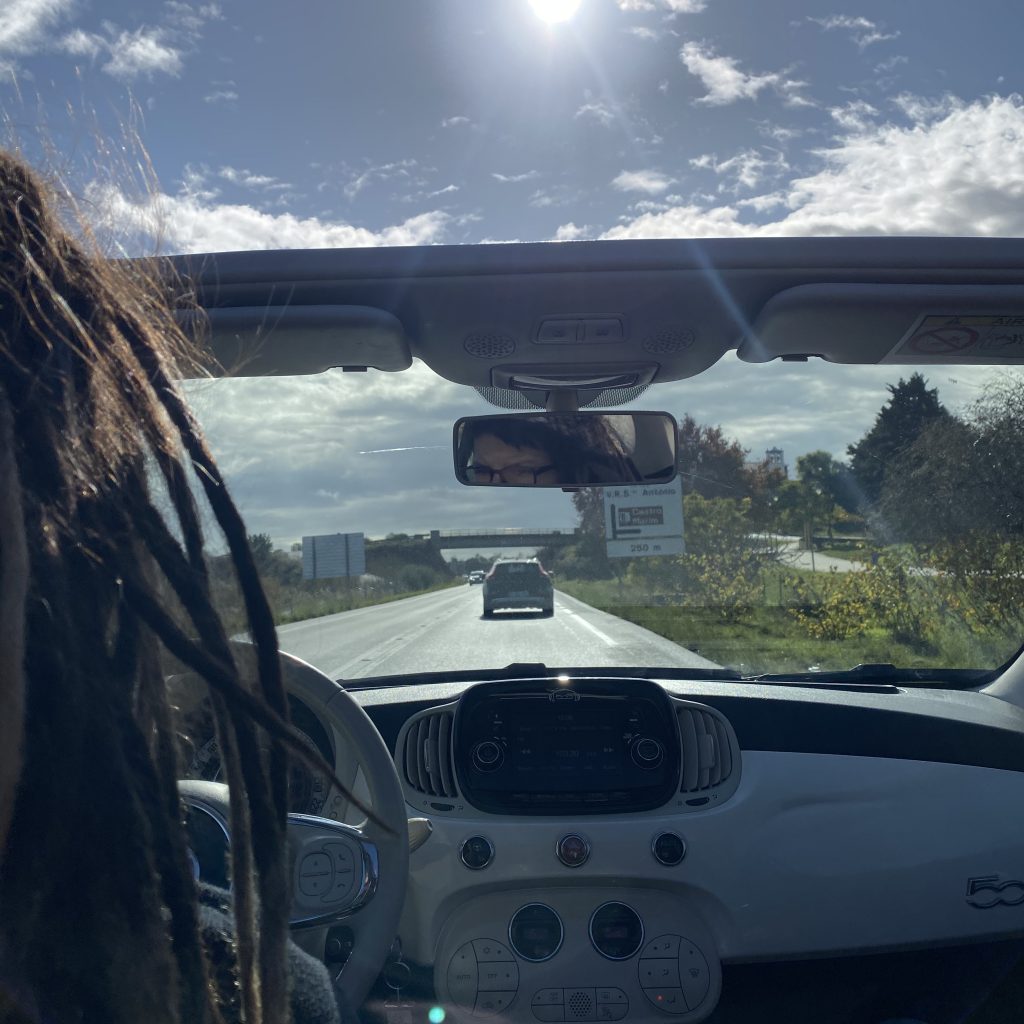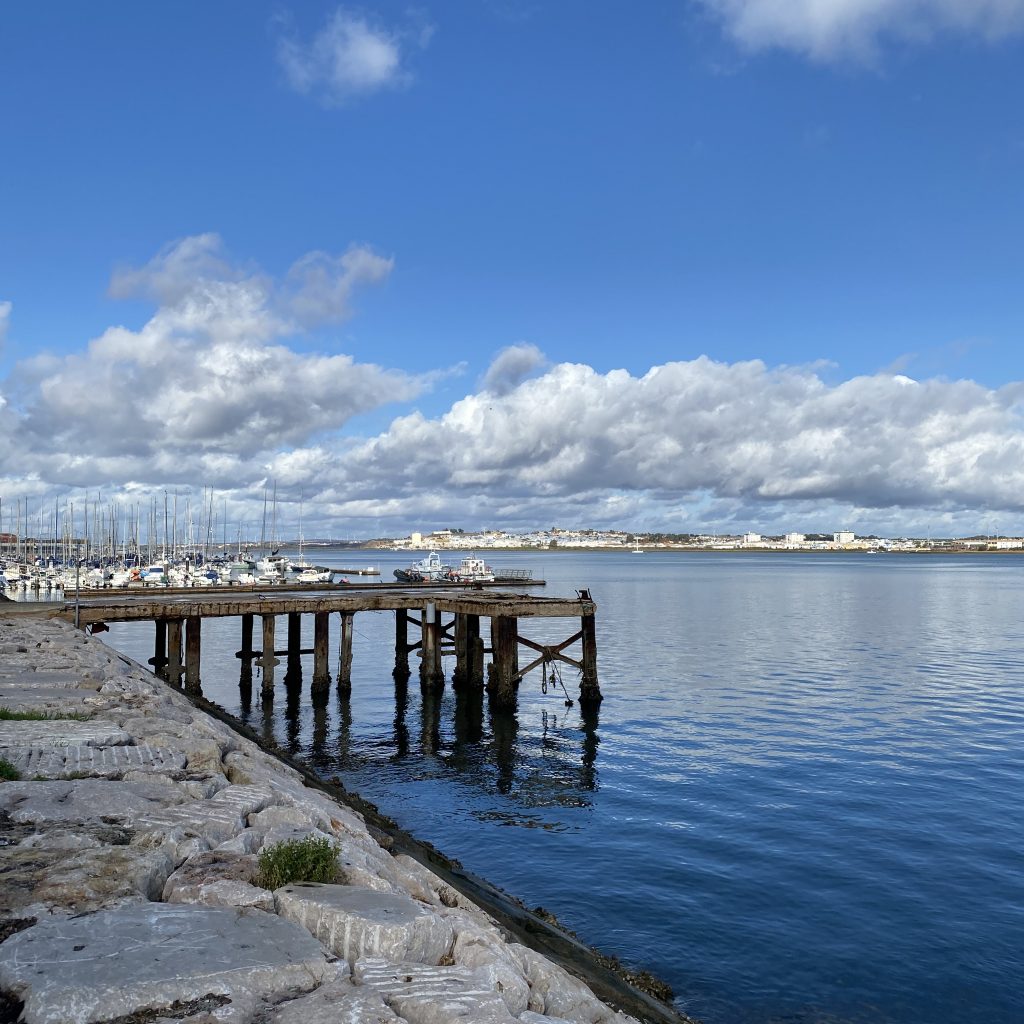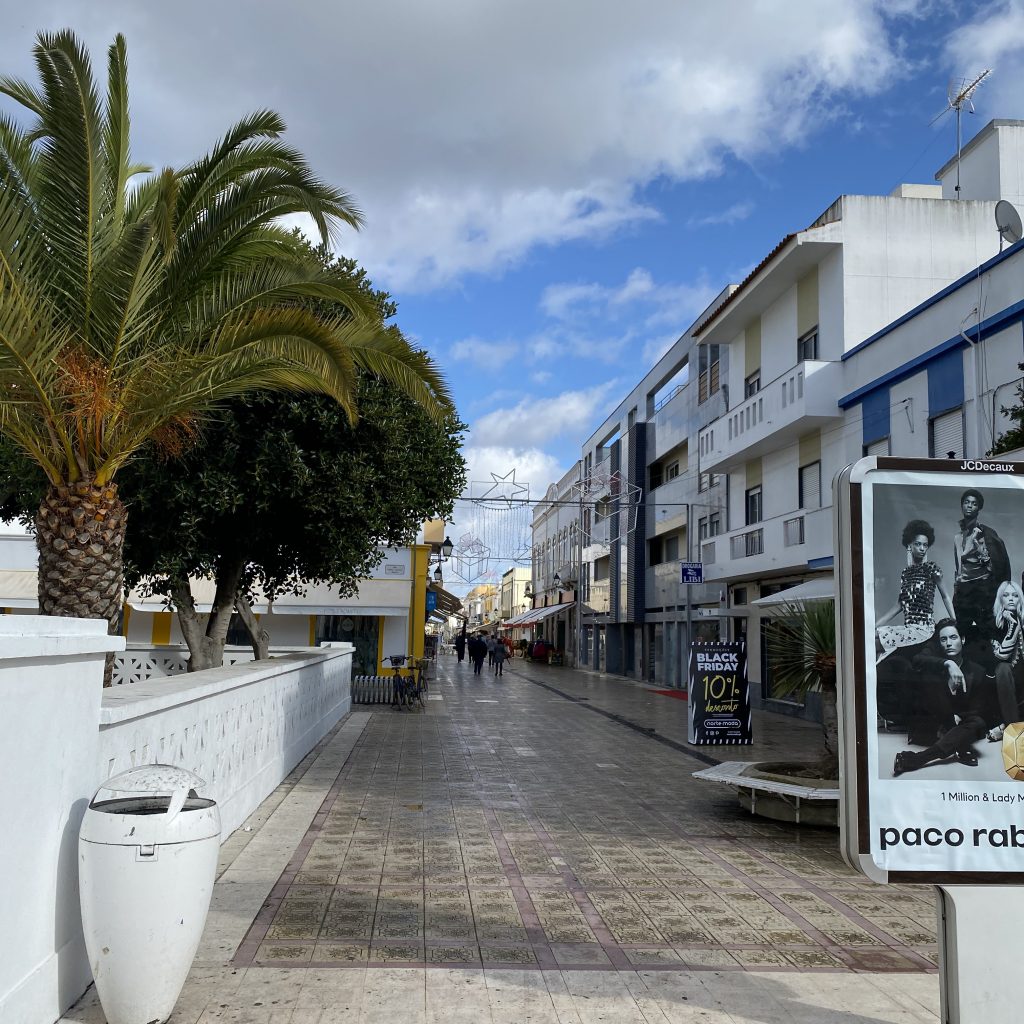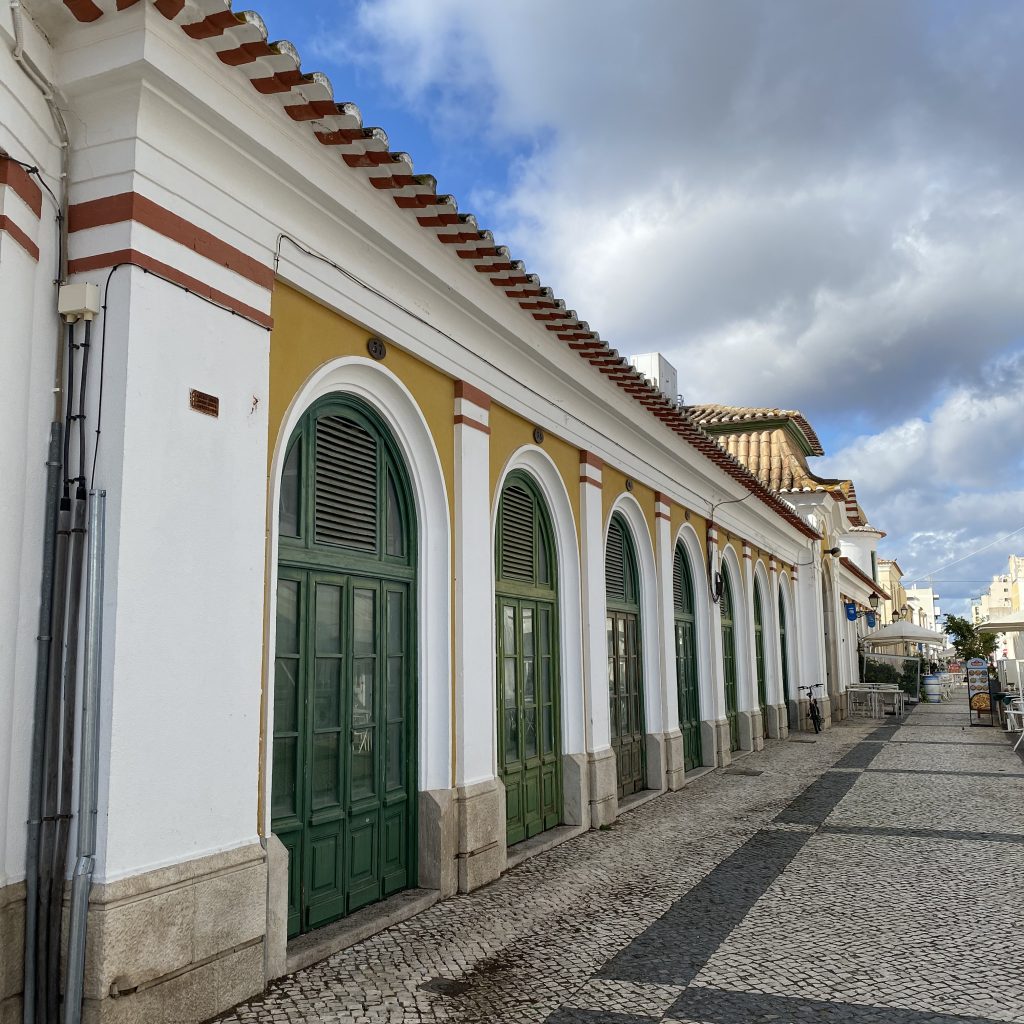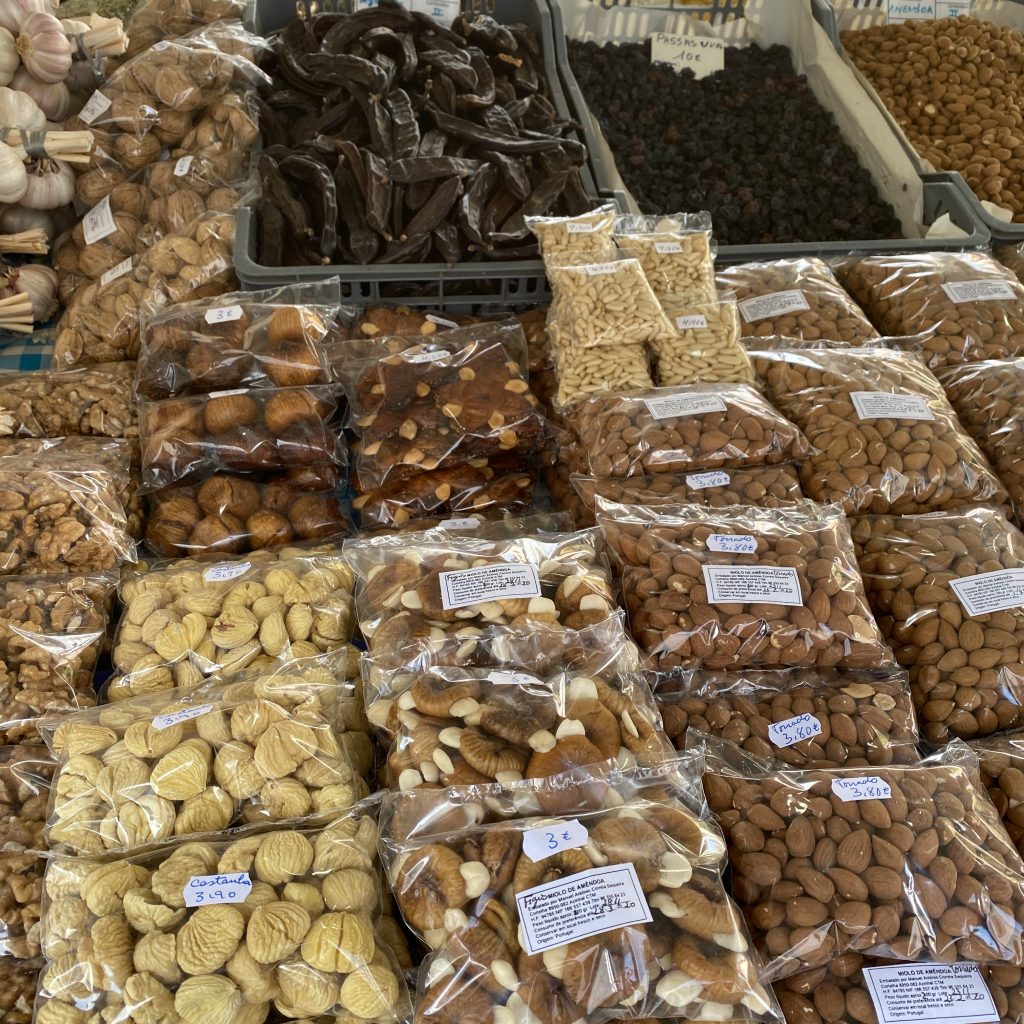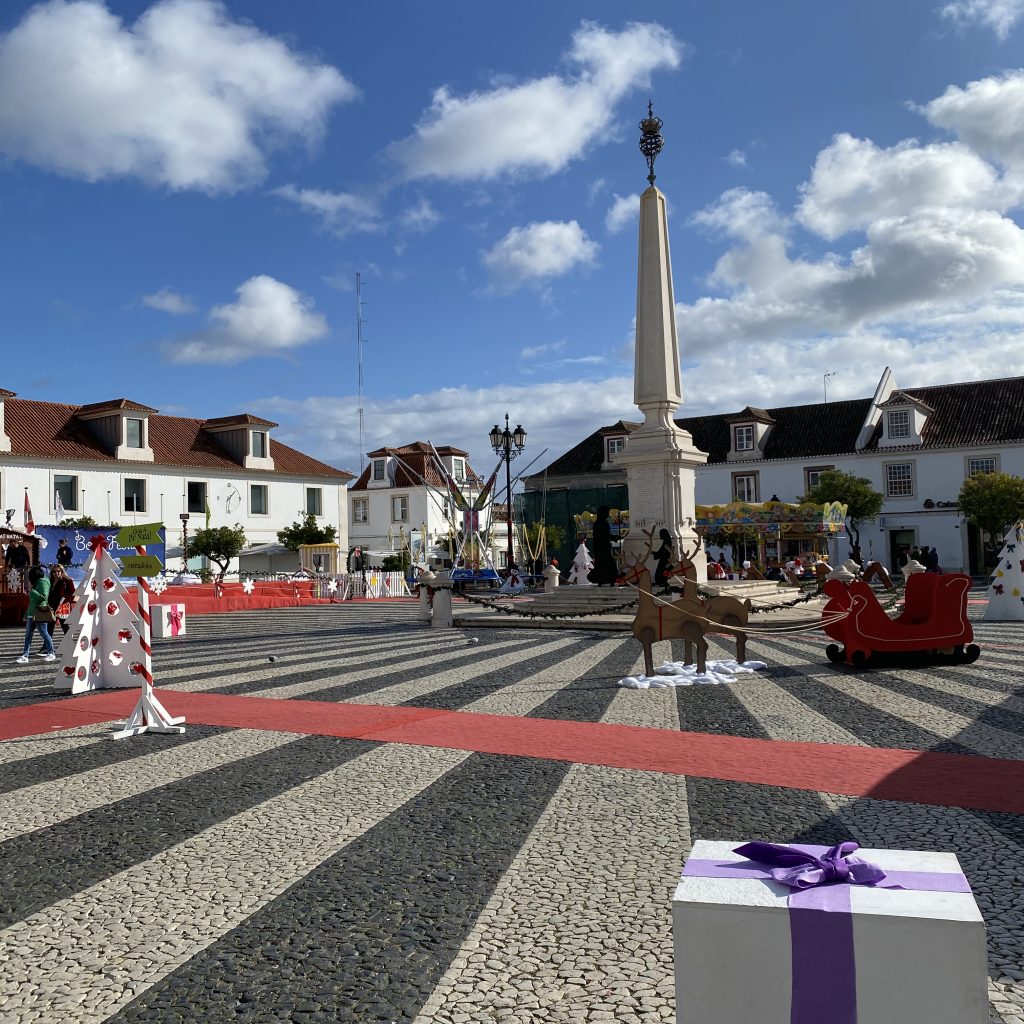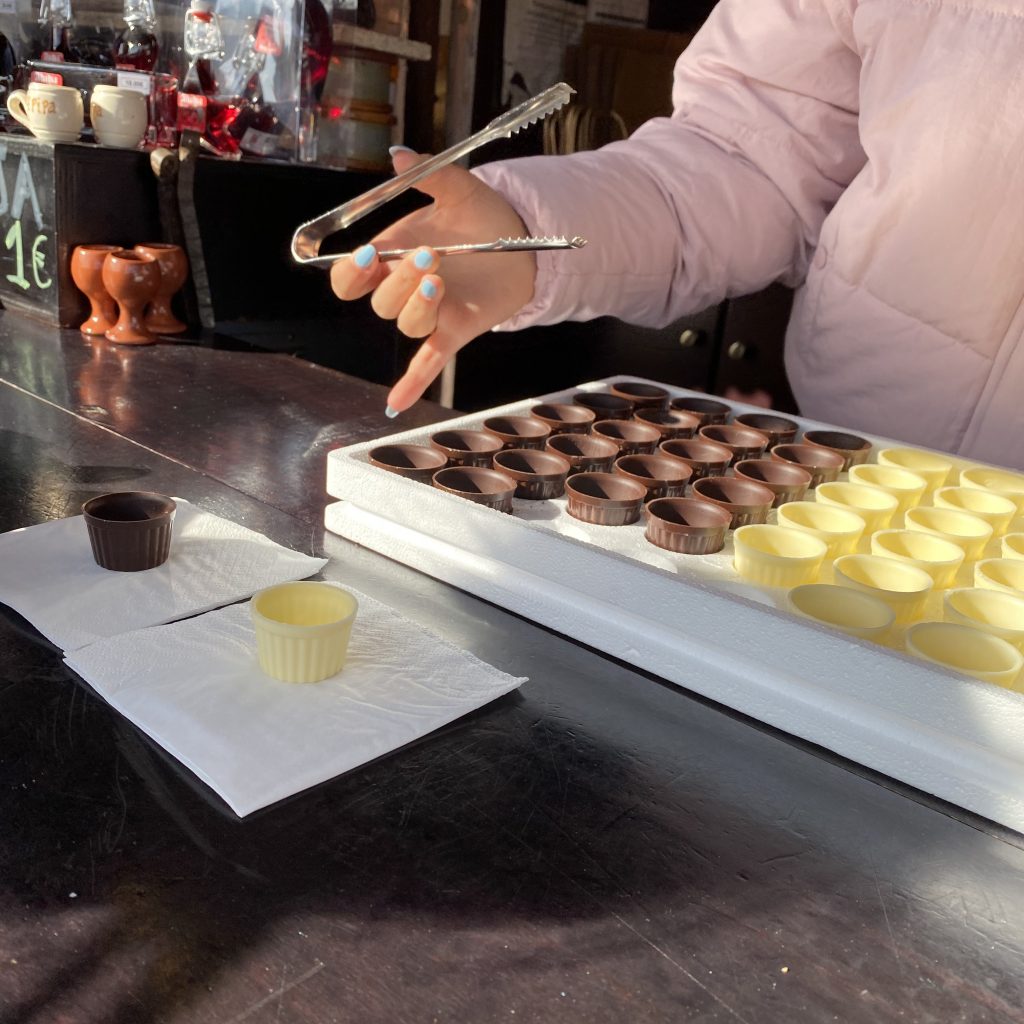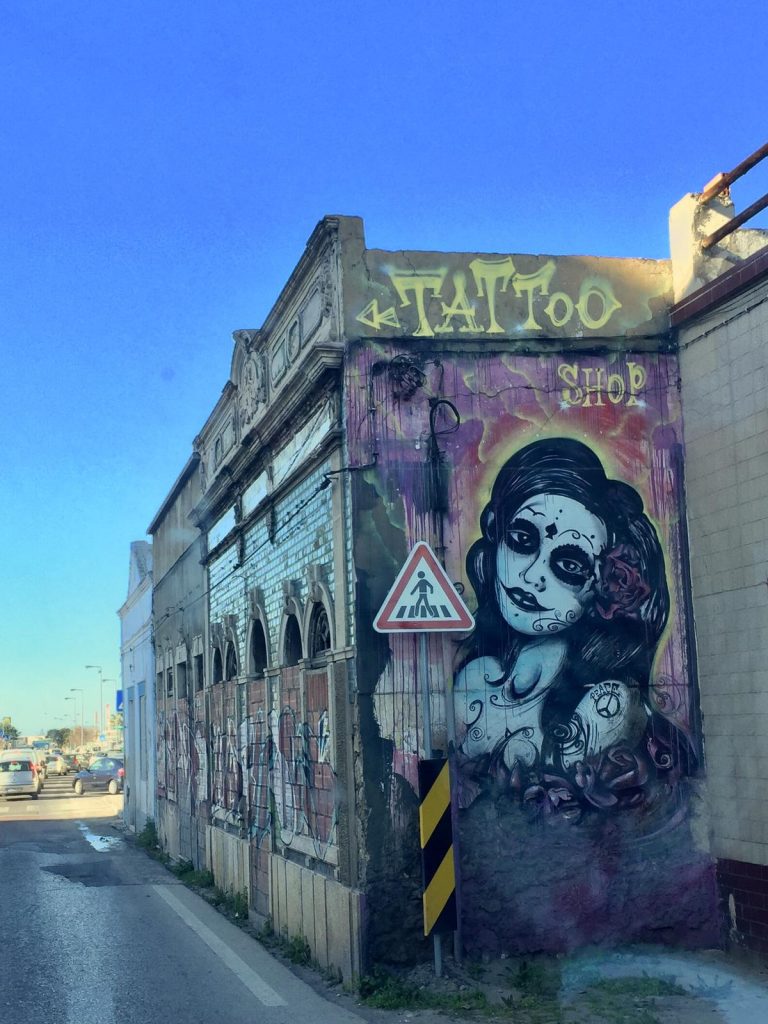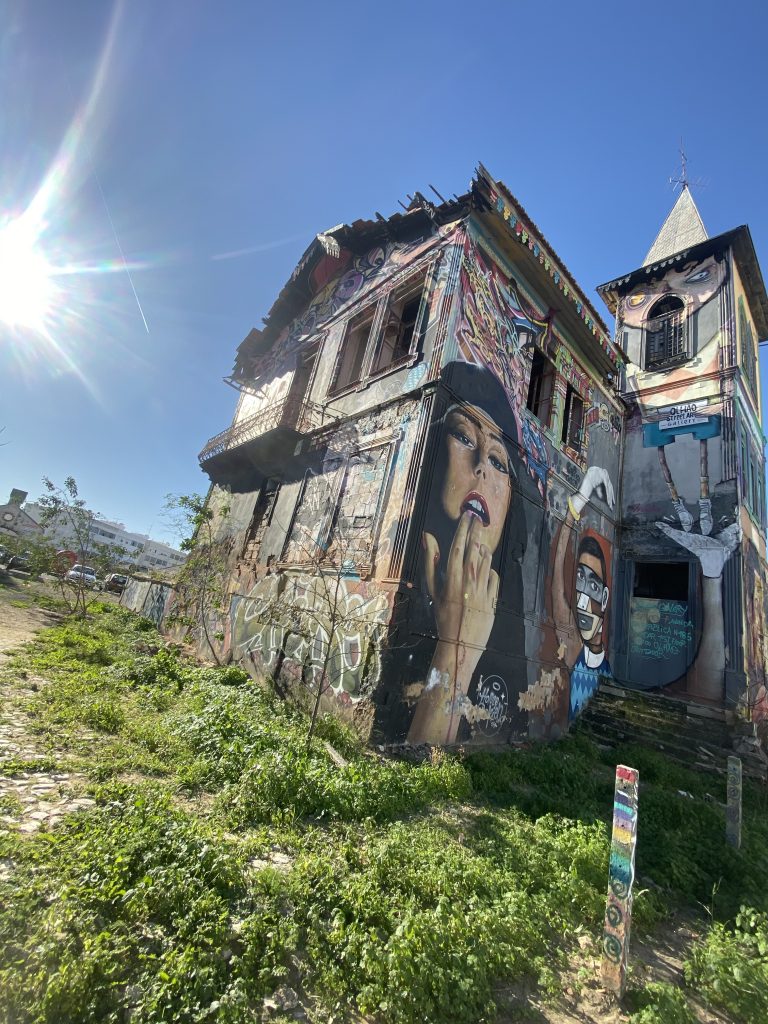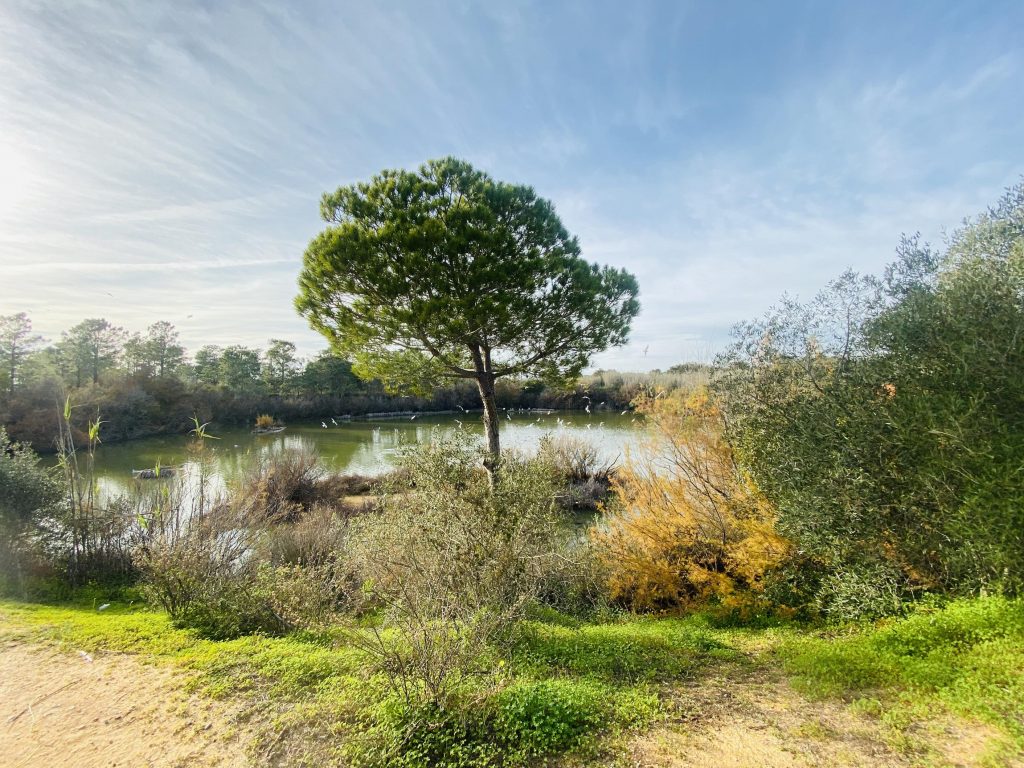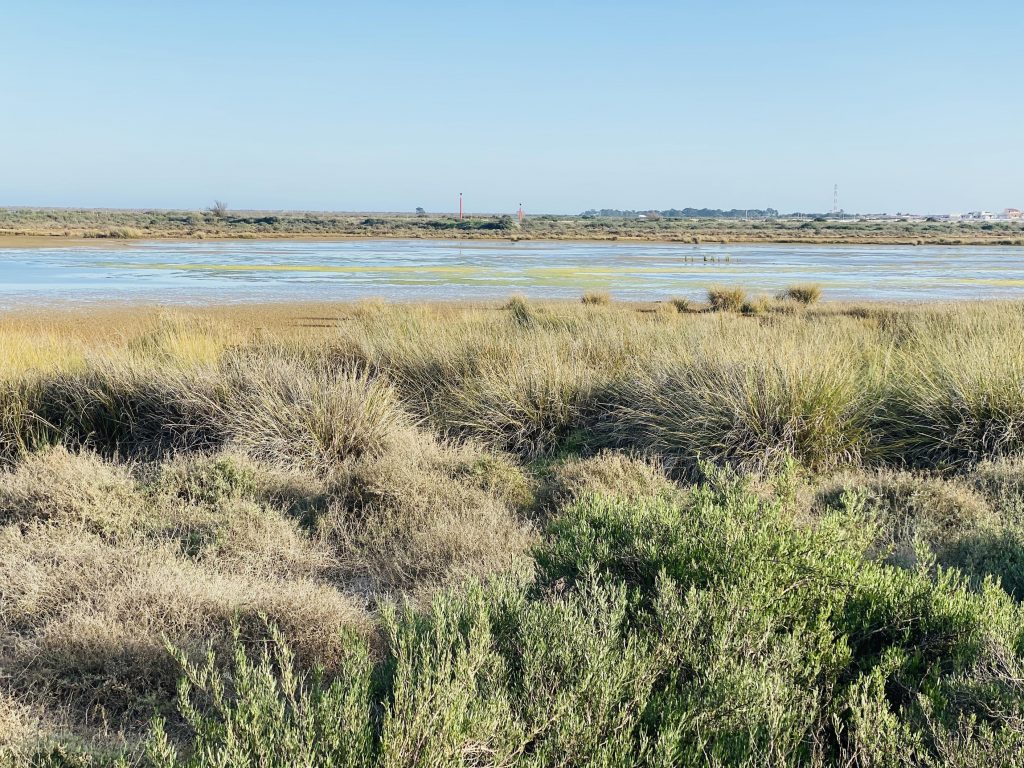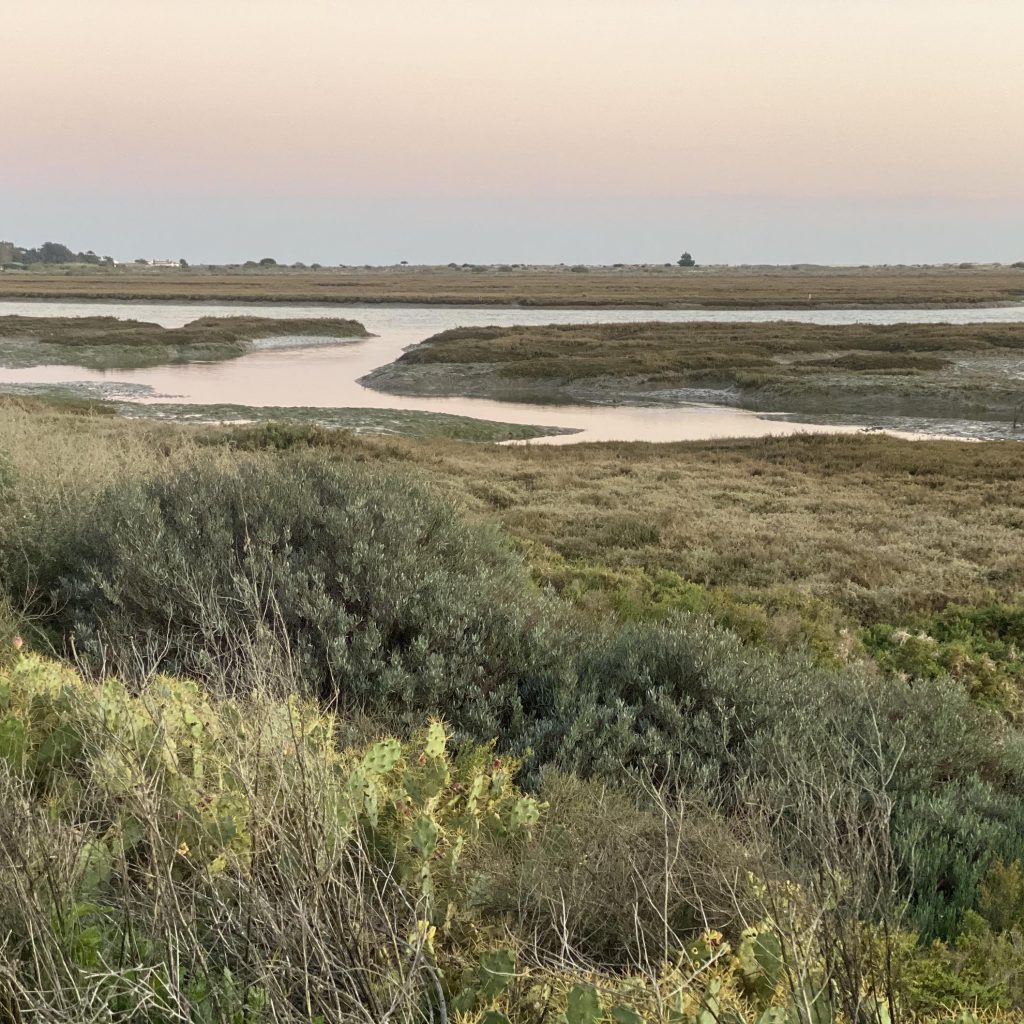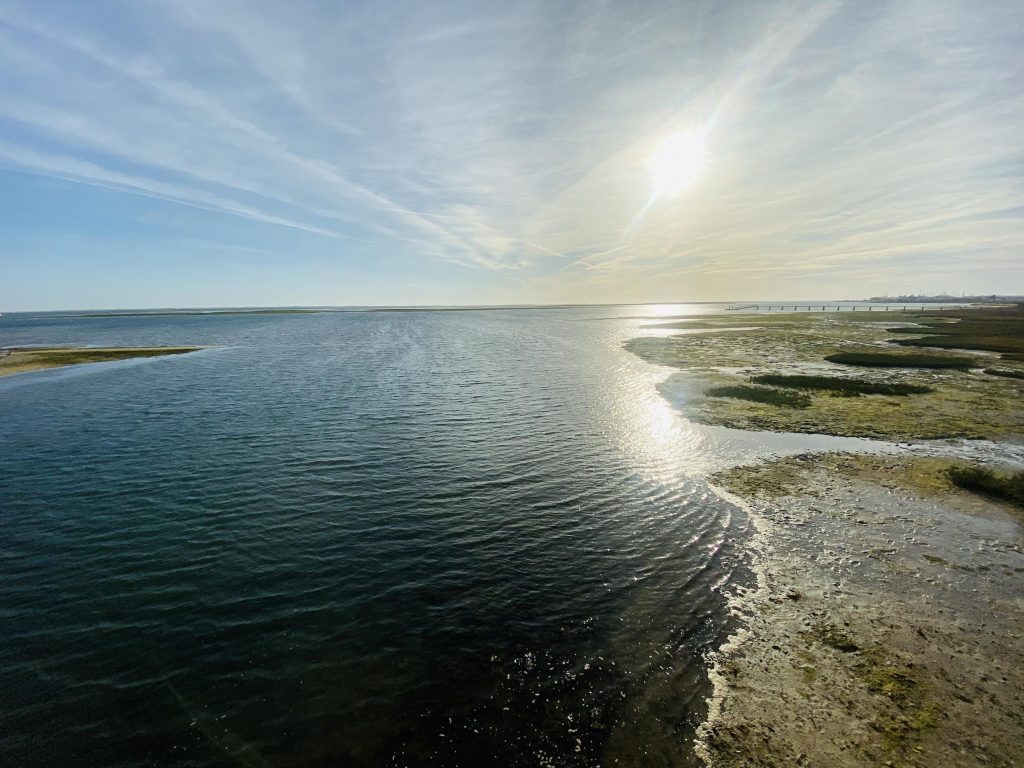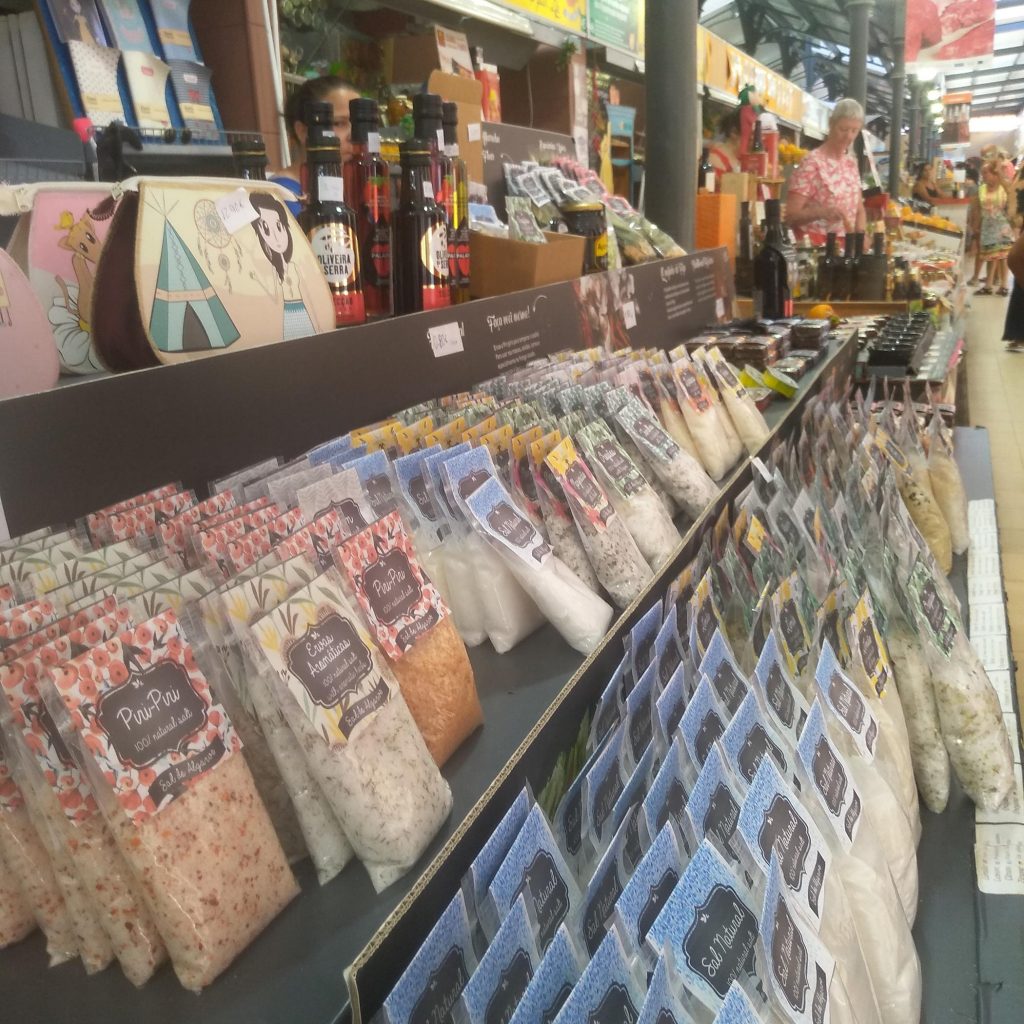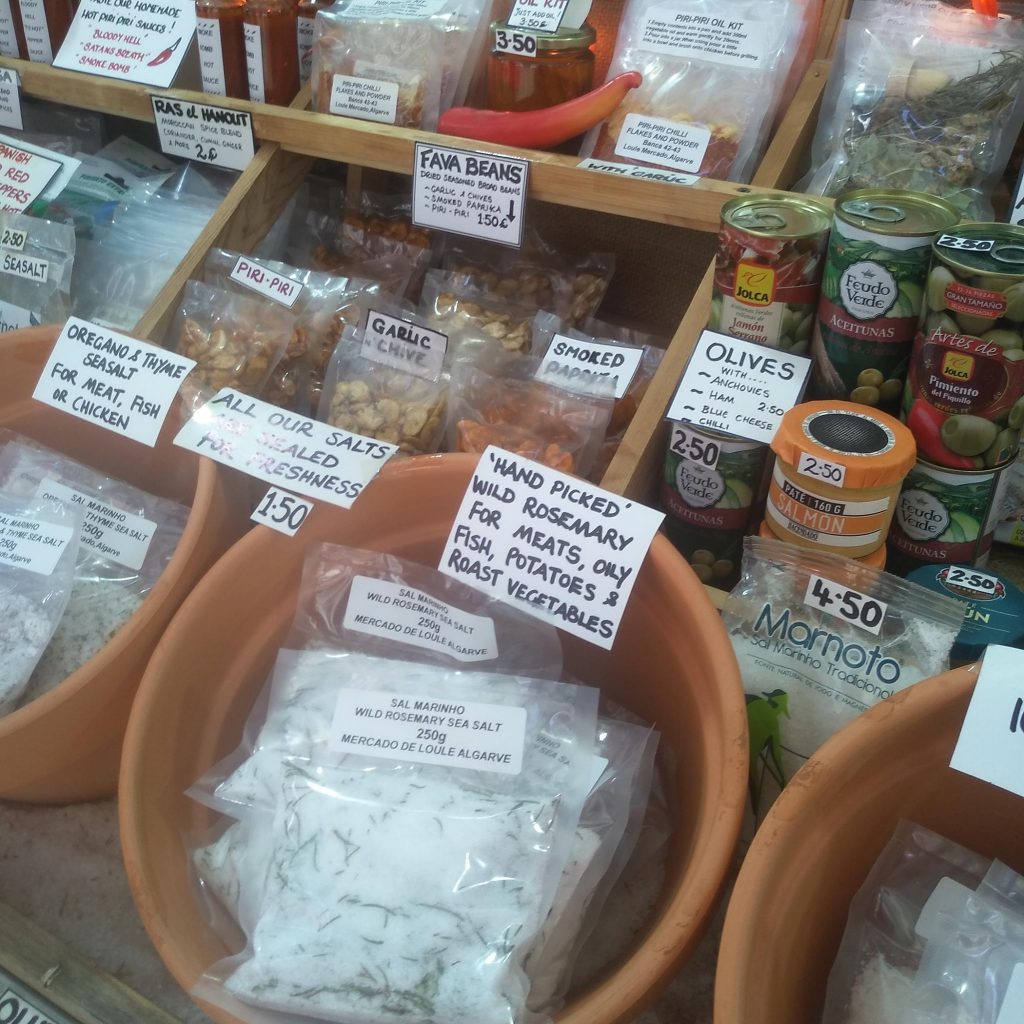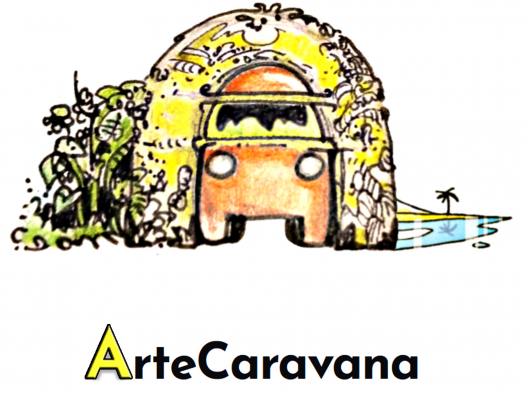
Leather handicraft straight from the workshop on four wheels
Wandering through Iberian lands
Algarve – the land of almonds, piri-piri, beautiful cliffs and strong winds. Last land recovered during Reconquista. Part 2: Places – Sotavento: from the border with Spain to Albufeira.
25/03/2020 6:26 PM
algarve, guide, portugal, travelling, travels .
Today it is the second article about Algarve that we have prepared for you - in our opinion it's one of the most beautiful coastlines of all of Europe. Last time, we gave you some general information about this part of Portugal and today we will make a „virtual” tour along half of the coast, from the Spanish border to Albufeira. This way we will have the chance to show our favorite places. Hopefully this article will answer some questions that I am often asked when guiding trips (I'm a tourist guide – my specialties are Portugal and Spanish Andalusia) and dispel some of your doubts.

Before we hit the road, we would discuss a few practical issues:
Remember that in Spain we have two types of highways - autovia and autopista (of which the second one is paid). Practically, we always have the option of choosing a free alternative way that will take us to our destination almost in the same amount of time. Unfortunately, we cannot say the same about Portugal. Highways in Portugal are paid. All. If we want to save some money, we have to choose national roads which usually are old and of bad quality. If you decide to take the highway, get yourself a so called "highway account". In the car rental companies (especially those in Portugal) the vehicles, most of the times, already have a special device which only needs to be recharged (or already has some credits on it to use) - for details, please ask your car rental company. If you drive on on the highway without paying, you may not get your deposit back if the rental company gets your ticket. I do not know how often such situations take place, but it is better to avoid them, therefore, either pay or just choose (longer) alternative routes. If there is no device or you are just driving your own car, remember to register and create a "highway account". We are going to visit Algarve so we will enter to Potugal from Spain just after passing the city of Ayamonte, after crossing the bridge, a few hundred meters further on the right, we will see a building with a strange, wavy roof. That's where we can pay for the highway and create the account (the instructions are in English). You will need the license plate number. Also a credit card is required.
Fuel in Spain is cheaper, so if you can, fill up before crossing the border. The price can be higher even up to 0.20 EUR / liter. Try not to refuel on the highways. Gas stations away from the main routes always have better prices. Portugal is generally more expensive than Spain, so if it's not just a one-day trip, but you are going for example with your RV for longer, you should better do the shopping in Spain. On the street markets the prices might be comparable but supermarkets are unfortunately more expensive - especially when it comes to food.
All right, we are ready to hit the road! We will start our virtual tour on the border between Spain and Portugal. Open a map and find Ayamonte (the last town of Costa de La Luz, the Spanish Coast of Light). From there, we will head towards the border and cross the bridge that was built in 1991. Imagine that, before 1991 you had to take a ferry before to cross the border here! Until 1991! The construction of the bridge was initiated only because of the EXPO world's fair, which took place in Seville in 1992 to commemorate the 500th anniversary of Columbus's trip to the New World. To enable more people to reach the exhibition, the decision to build a bridge was made. It is 666m long and 20m high therefore the ships can pass under it. It connects two banks of the Guadiana River, which is 800km long and its last 100km form the (natural) border between Spain and Portugal. Guadiana has its source in Spain, where its longest part is located. This is the country's third longest river. On the bridge you have to set your clock back one hour. We made it to the Algarve! One hour younger and ready to explore!
The bridge connects the Spanish highway of the Fifth Centenary with the Portuguese Prince Henry the Navigator's one (we will certainly write more than once about him as he is a Portuguese national hero!). After a few minutes, on our right handside we will see the building we mentioned before, with a strange roof - this is where you can top up your highway account, although we do not need to do that during this trip because we will not be using the highway. Also it's worth mentioning that the first two exits are free of charge. We are going straight to the coast to visit the beautiful town of Vila Real de San Antonio. On the way we will pass Castro Marim - a castle founded by the Templar Knights, which later Order of the Knights of Our Lord Jesus Christ. On our left we will see pigeon lofts and brines and in the background, the Spanish town of Ayamonte (very charming by the way). You can use a ferry to get there and to pass the Guadiana River - the cruise takes about 20 minutes. Do you remember that before the bridge was built in 1991, that was the only way to cross the border?
Vila Real de Santo António lies between the shore of the Atlantic Ocean and the bank of river Guadiana. It is the southeastmost city of Portugal. The town was founded after the earthquake in Lisbon in 1755 and was significantly expanded in 1774. The same building techniques and architectural styles were used as in the capital. The king wanted the city to be "shadeless” and with a lot of light so the streets, just like in the "new" Lisbon, are wide and tiled with traditional calzada portuguesa – paving stones, which create beautiful, intricate patterns under our feet.
Before the earthquake there was only a small, fishing port arounf here, so why it was decided that a city should rise right here? Well, the neighboring Isla Cristina (fishing port on the Spanish side, just behind Ayamonte) was thriving, capturing tuna (the area has always been very rich in it) - fishing flourished. The Spaniards, however, often came to Santo António da Arenilha, because that was the name of the small fishing village located in the place of the current Vila Real de Santo Antonio. Why? Shopping! Prices were lower, taxes different and the Portuguese could boast about a whole range of unique, exotic goods that in Spain, were not so easily available and certainly not at such prices - coffee, cotton, tobacco, chocolate - everything from former colonies. Until now, you can buy Portuguese cotton products at VRSA - but before purchasing anything, look at the price tag to avoiding accidentally buying, instead of Portuguese cotton one "made in China".
In Vila Real de Santo Anotnio, be sure to go to the main square: Praça Marquês de Pombal - if you take a photo from a right angle no one will realize that this is not Lisbon, just a small town on the coast! This is a perfect place to enjoy afternoon coffee and the most famous Portuguese dessert - pasteis de nata - a delicious pudding cupcake.
Then we can continue our trpi along the coast heading west on the N-125 road (thus we are avoiding the highway) until we reach Tavira. Tavira was founded by the Romans, it was then a very important port that developed during the Moorish times. In 1242, the city was reconquered by Dom Paio Peres Correia after most of his most important knights were slaughtered during the truce. As part of revenge he decimated the city's population. Christians took over the control, but some Moors remained in the district known as "Mouraria". In 1415, the Portuguese began to colonize the world starting with conquest of Ceuta - it was Tavira that was the port connecting the Portuguese with their colony and soon it became the most important city of the entire Algarve. In 1755, during the great earthquake that destroyed half of the country, Tavira also suffered. Today, we can admire many beautiful eighteenth-century buildings built after the disaster. They stand next to the "Roman bridge" - archaeological research has shown that it was built in Moorish times but the name remained. There are 37 churches in the city. In one of them Dom Paio Peres Correia is buried, he is a local hero, already mentioned before, who freed the city from the Moorish rule. In the evening, be sure to visit Black Anchor, a British pub where you can listen to live music almost every day. We personally recommend the concert of our friend, Gary Vesey.
If you get tired of walking around, generally speaking, a microscopic town, you can go to the nearby beach, which is already a part of Ria Formosa. The coast from Tavira to Faro is the Ria Formosa Natural Park, an area full of saltwater lagoons and sandy beaches. It was created over 30 years ago and there are over 30,000 species of birds, so it's a real treat for ornithologists.
Olhão is another interesting town. We get back on N-125 and head further west. We remember this place mainly because of the amazing graffitis that cover a lot of walls and because of a motorcycle reunion, which we had a chance to particiapte in a few years ago. It was significantly different from what we expected. In Olhão there is are the headquaters of Natural Park of Ria Formosa. The entrance is not for free but the ticket is very, very cheap. In the park we have special places for bird watching. For us it was not a really interesting.
Olhão is just a stone's throw from Faro, the capital of the region. It is a city that we, personally don't like. In our opinion, there is absolutely nothing interesting there. Our first trip to Portugal covered an area that we have just "virtually" visited and we don't have nice memories - swamps, mosquitoes and flies everywhere and it was bucketing down, especially in Faro so we ended up playing HOMM3 all night. Maybe that's why we have such an aversion to this city?
Right behind Faro is Vilamoura, which we have never had the opportunity to visit. A bit further west you will find Albufeira, that's where a border between two sub-regions of Algarve: to the west, we have a beautiful region called Barlavento (Windward ) with an unofficial capital in Portimão, to the east Sotavento (Leeward) with the capital in Faro. All west from Albufeira (Barlovento) it the "real" Algarve. The photos which pop up in the search engine as soon as you type the word „Algarve” are always from this sub-region. Sotavento, on the other hand, offers sandy beaches, which are generally not very beautiful - a large part of them are wetlands. However, before we go further west, we need to mention two other places that are worth visiting. The first of them is located near Faro and it is the Eco-Cork Factory | Eco-Fábrica de Cortiça | Francisco Carrusca in São Brás de Alportel. Cork is the national treasure of Portugal and it is definitely worth going to such a factory (not necessarily to this one) to see how beautiful products can be created from a tree bark.
The second place worth visiting is Loulé. To get there we have to make a little detour north. Be sure to get there on Saturday to take part in the weekly market where local farmers sell their goods. From fruit and vegetables, through fish and seafood, cheese, locally baked bread, alcohol, very spicy piri-piri sauces, cork souvenirs, honey and much, much more! I honestly love the market itself (what Algarve is famous for and what exactly is worth buying we will tell in the next articles from the series), but also the town with its medieval character.
In the second century B.C. the Romans created a settlement near the current castle. Later, like all of Portugal, the city fell into the hands of the Moors. That's when the city developed and its significance increased. In the mid-thirteenth century, the city was reconquered and the Moorish population was forced out. The nearby salt mine made Loulé a well-known mining center. Currently, the municipality, like the entire Algarve, thrives thanks to tourists.
When you are in Loulé, you have to visit the market, which takes place every Saturday in the Neo-Moorish hall (right next to the roundabout with a sculpture of people dancing in the sun and the town hall with a rooster on top). Soon, in our series about Algarve we will tell you more about products Algarve is famous for. Everyone will find something for themselves and most importantly, when buying at the market, you are helping local farmers. After shopping, it's worth going to the castle - it's tiny and the ticket is super cheap, but once again you can support local tourism. Opposite the entrance to the castle there is the Chapel Capela de Nossa Senhora da Conceição Chapel - one-nave with azulejos tiles (pronounced ɐzuˈleʒu), which depict the life and the Assumption of Mary. If you have not yet met with those beautiful, ceramic tiles, which can be found all around Portugal, then in this small chapel you can at least see what azulejos are.

The entire series of articles about Algarve:
Cork – the (natural) national treasure of Portugal


